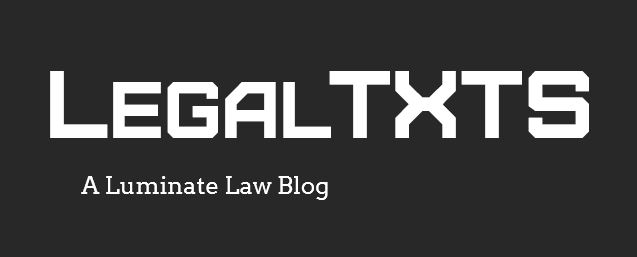It’s generally a good practice to set standards of online employee conduct to prevent the social media activity of employees from disrupting the workplace or tarnishing your organization’s reputation. But the mere fact that an employee comments on controversial subjects on social media doesn’t necessarily justify disciplinary action. That’s especially true in the case of a public employer. Disciplining a government employee for posting social media messages about a topic of public concern could violate the First Amendment, as illustrated by a recent Ohio decision. Hamm v. Williams, Case No. 1:15CV273 (N.D. Ohio, Sept. 29, 2016).
Hamm centered around the controversy over the fatal police shooting of two unarmed African-Americans following a high-speed car chase. The incident — sometimes known as the “137 shots” in reference to the number of bullets that were fired at the couple — was highly publicized and the target of protests by the Black Lives Matter movement. Seven Cleveland police officers were indicted as a result. While off-duty, a Cleveland police officer (Hamm) used his home computer to post Facebook comments criticizing the indictments and showing support for his colleagues. Approximately one week later, Hamm wrote on Facebook that an unidentified individual found his original comments offensive and had reported the first post to his supervisors.
After conducting an investigation, the supervisors determined that Hamm had breached department rules against using social media to discuss a criminal investigation involving the department or posting material that would “tend to diminish” public esteem for the department. The department suspended Hamm for 10 days. Hamm sued the city for retaliating against him for exercising his First Amendment right to free expression.
Under U.S. Supreme Court precedent, government employees have a First Amendment right to speak as private citizens on matters of public concern. However, an employee’s constitutionally protected right to free expression must be balanced against a public employer’s interest in efficient delivery of public services.
The court determined that Hamm was speaking as a private citizen, as he had posted the Facebook comments while he was off-duty using his home computer. The subject of his comments – a highly publicized police shooting and the aftermath – was a matter of “political, social or other concern to the community” and not just a “quintessential employee beef.”
The city argued that a police department, as a paramilitary organization charged with maintaining public safety and order, had a greater interest in regulating the speech of its employees than an ordinary public employer. The city contended that it was justified in ensuring that officers are not publicly criticizing an investigation or placing a stigma on the criminal justice system or internal police operations.
The court rejected the city’s arguments because it found no evidence that Hamm’s posts actually resulted in work stoppages or that any officers declined to fulfill his or her duties because of Hamm’s posts. The court therefore allowed Hamm to proceed to trial on his First Amendment retaliation claim.
Hamm is a good reminder that discipline should not be a knee-jerk reaction to controversial social media posts of an employee. Conduct an investigation and collect evidence of the actual or potential disruptive impact of the comments before taking disciplinary action. If you’re a public employer, the First Amendment adds an extra layer of protection for employees. Consult experienced counsel to help you analyze the impact of constitutional protections for online employee speech.












